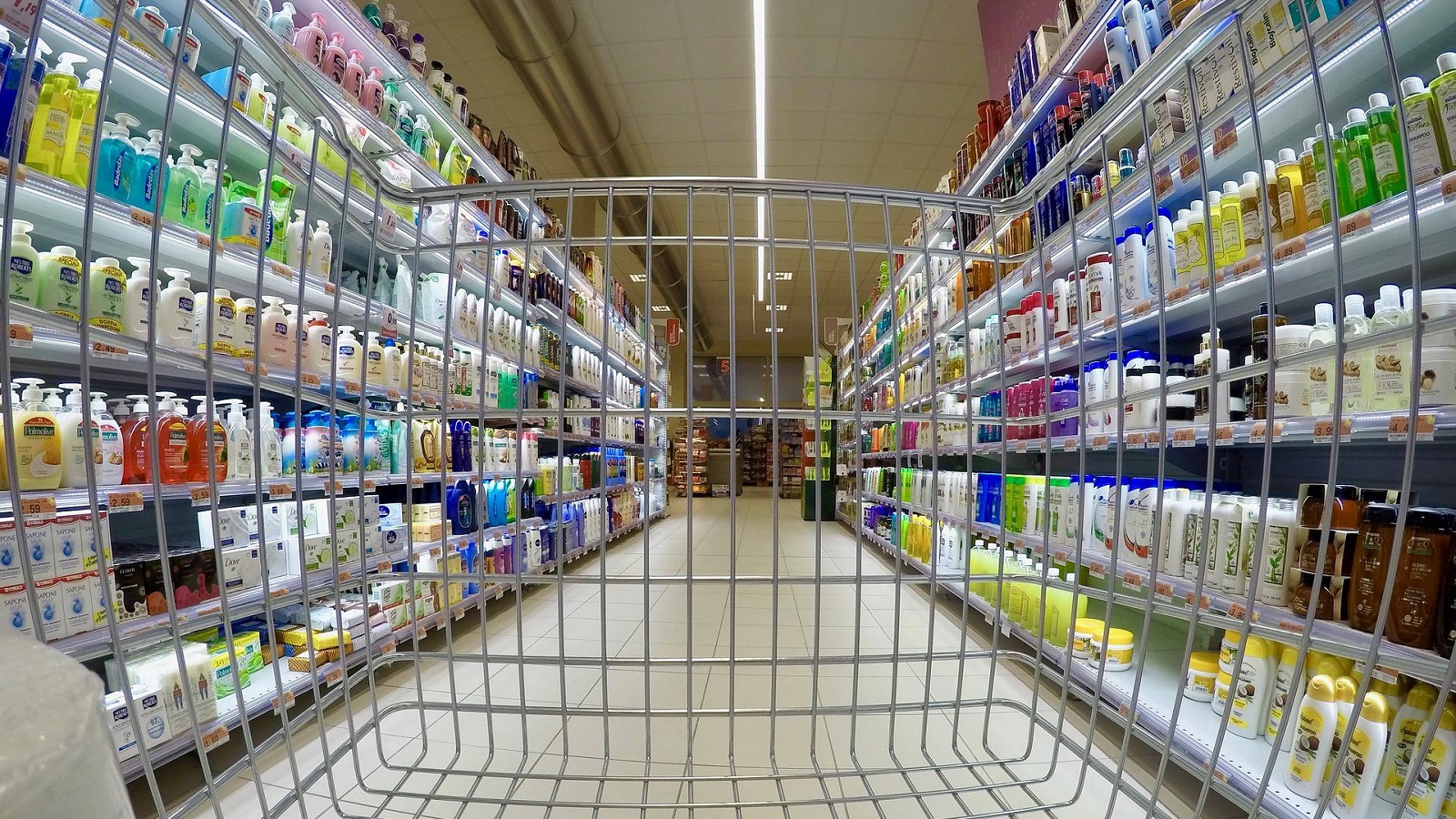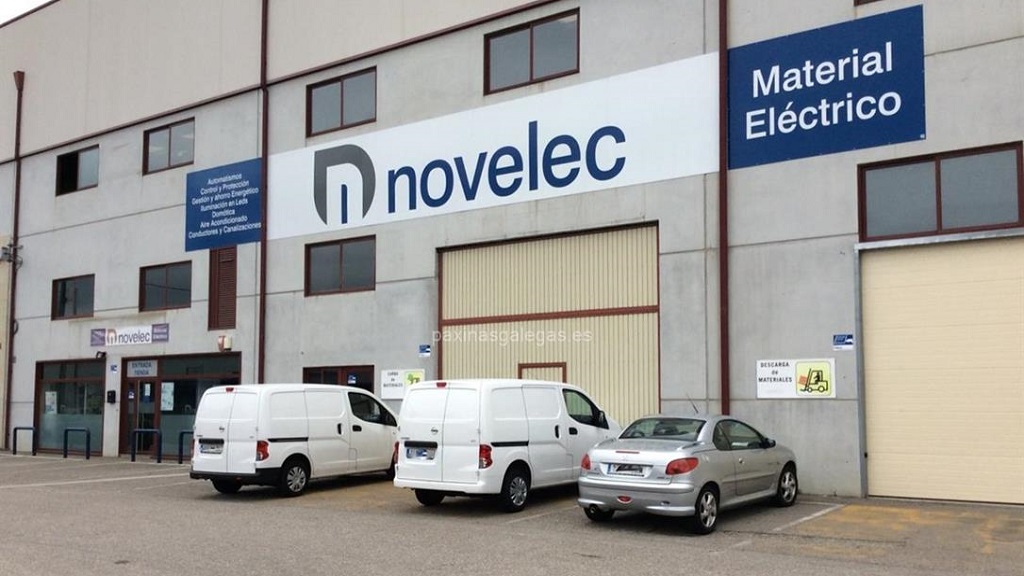
The growth of e-commerce in Spain in recent months has made our country one of the e-commerce markets largest and fastest growing in Europe. Historically it has been poorly penetrated and underdeveloped, but last year it has reached sales throughout the national territory of €51.6 billionaccording to data from CNMCData.
On the other hand, it is estimated that the cards accounted for 45% of payment transaction volume for e-commerce in Spain in 2021. Tenure is roughly similar to the European average, but transactions per card and annual spend per card are both lower. For its part, the issuance of these supports is high compared to other European markets, except the United Kingdom.
However, for some experts, payment methods What “Debit and credit cards are becoming obsolete because they weren’t designed for large-scale ecommerce. Online commerce has exploded after the pandemic, and yet 54% of customers abandon the purchase on the payment page -according to a study carried out jointly with YouGov-, largely due to problems and interruptions when making the payment. payment”, said Joe Morley, Vice President and General Manager for Europe of TrueLayer.
On the other hand, electronic purses or wallets are expected to increase their market share in Spain from 31% to 35% from 2021 to 2026 at the expense of payment cards.
With the growth of electronic payments, open banking will gain weight
Open banking or open banking, promoted after the European regulation PSD2 of electronic payments, was born to solve the technical complexities and regulatory requirements when creating financial products and solutions, integrating all the bank payment management operations and management of financial data through APIs and a single top-level technological platform.
According to a report by Accenture, most managers in the sector consider that the services offered by open banking will grow by 76% in the next 3-5 years. For its part, PwC pointed out that in 2030 electronic payments will practically triple in the world, up to over 3,000 million operations. According to their estimates, between 2020 and 2025 electronic transactions will grow by 82% and, between 2025 and 2030, this growth will be 61%, to exceed three billion global transactions.
In this context, open banking payments offer an instant bank-to-bank transaction, which means that money can be moved safely and easily, which improves the user experience. In addition, for merchants, it offers an average of 20% more conversions than cards, and higher success rates, together with a lower risk of fraud, in card payments up to 45% of all scams occur online commerce retailers.
“As well as offering a good opportunity for banks to innovate, create different business models and open up new markets, open banking provides a Europe-wide standard for instant payments that are safer than manual bank transfers or cards, which contributes directly to reducing fraud”, Morley noted.
How are open banking payments evolving in Spain?
Although Spain remains a card-dominated market, open bank payments are showing promising signs of growth, with early fintech companies and payment service providers offering this payment method, such as HeyTrade, Revolut and Paysafe.
“Open banking places the user at the center, offering them innovative products and solutions that optimize their experience. Digital payments through open banking are here to stay; there is no way back. After the decline of cash, the use of payment methods that require intermediaries or external devices (cards, transfers, online payment gateways, electronic wallets, etc.) will experience a sharp decline”says David Exposito, TrueLayer’s vice president of EU sales.
The growth of open banking payments in Spain it has been boosted by the deployment of app2app authentication in 2021. It is a faster and easier way to give a third party permission to access another person’s bank details or make a payment on their behalf. Without app2app, the user is redirected to a web version of their online banking, where they have to log in by entering a username and password, before confirming the payment, while with app2app, they can automatically log in biometrically with facial identification or fingerprint.
Last year, all Spanish banks enabled this biometric authentication system, to adjust to the new European PS2D regulation, allowed it to compare the user experience with that of countries such as the United Kingdom. This has caused the conversion rate (the number of consumers who successfully complete their payments) to skyrocket by 10% on average.
Despite this, and in TrueLayer’s opinion, the Spanish financial sector is still very much dominated by traditional banking, which still needs to improve in terms of customer satisfaction levels, due in part to the lack of development of efficient, secure and instant payment technologies that improve the user experience.
At the same time, Spain is at the bottom of the adoption of new payment technologies, and card payments continue to be preferred by the majority of the population.



